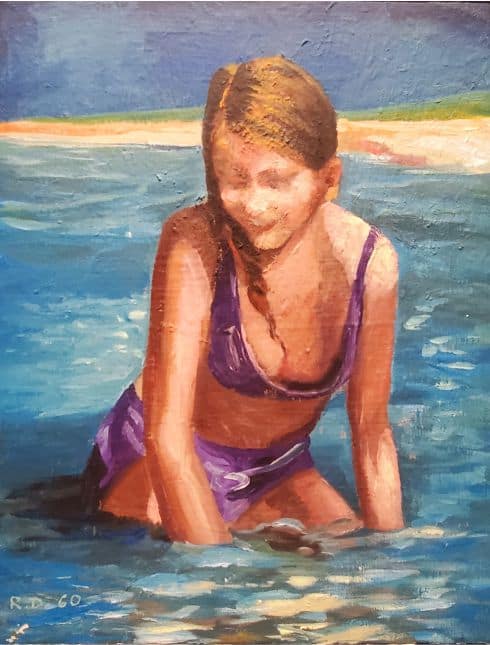
After World War II, the art world’s focus shifted from the School of Paris to the United States and, in particular, to the New York School.
In 1946, Diebenkorn enrolled as a student in the California School of Fine Arts (CSFA) in San Francisco (now known as the San Francisco Art Institute), which was developing its own vigorous style of abstract expressionism. In 1947, after ten months in Woodstock on an Alfred Bender travel grant, Diebenkorn returned to the CSFA, where he adopted abstract expressionism as his vehicle for self-expression. He was offered a place on the CSFA faculty in 1947 and taught
there until 1950.
He was influenced at first by Clyfford Still, who also taught at the CSFA from 1946 to 1950, Arshile Gorky, Hassel Smith, and Willem de Kooning. Diebenkorn became a leading abstract expressionist on the West Coast. From 1950 to 1952, Diebenkorn was enrolled under the G.I. Bill in the University of New Mexico’s graduate fine arts department, where he continued to adapt his abstract expressionist style.